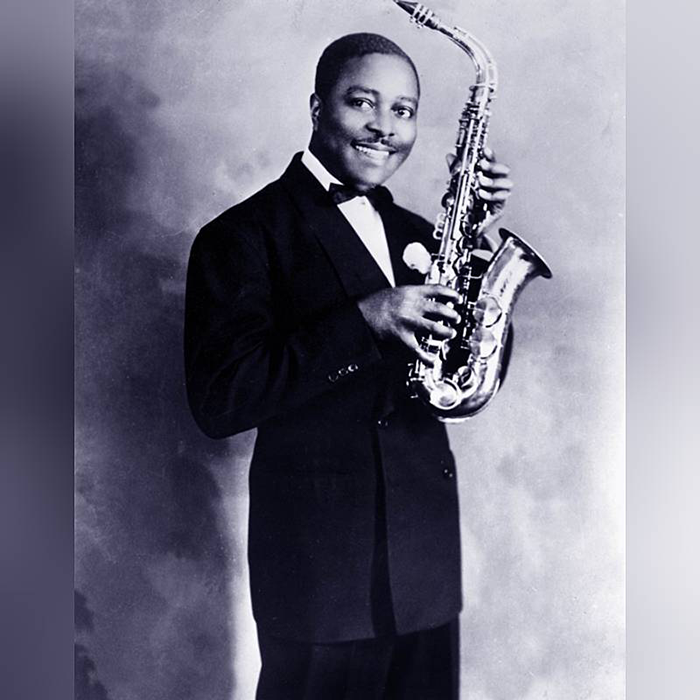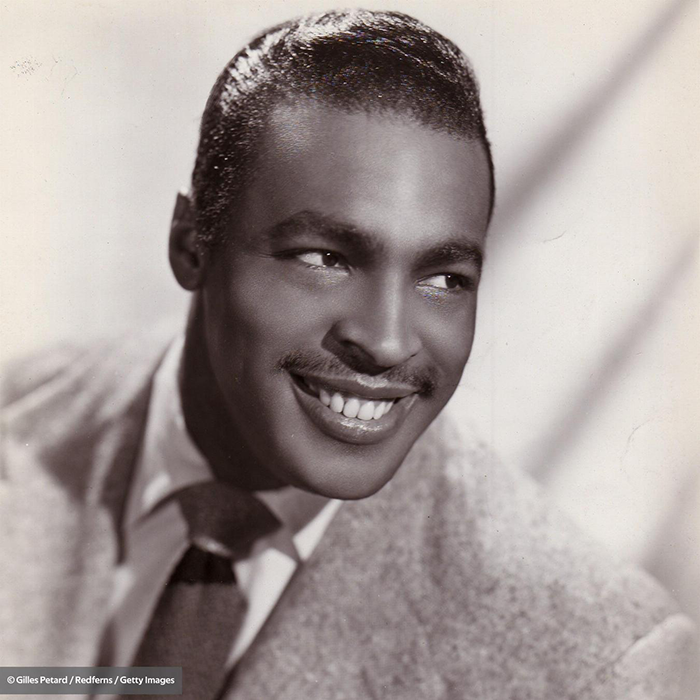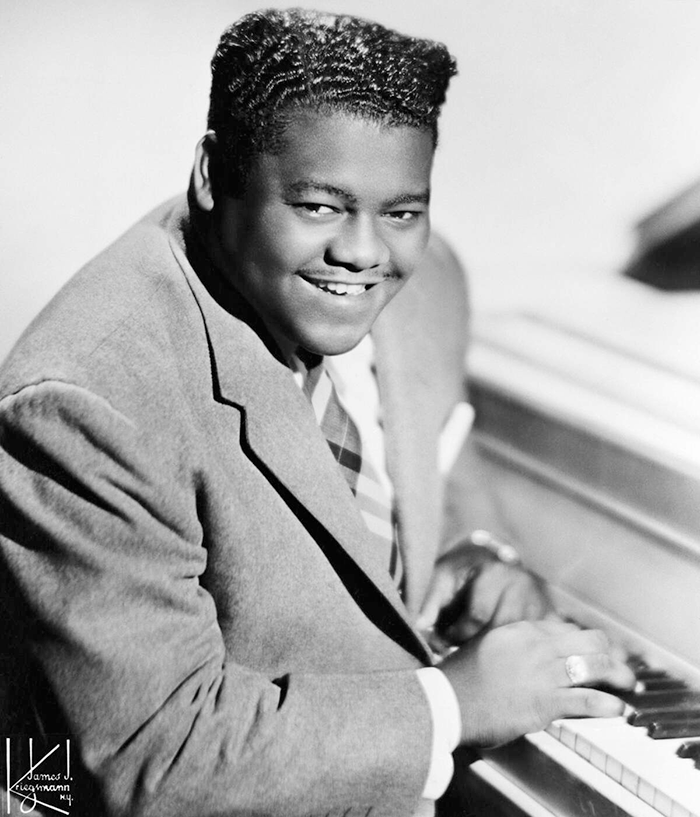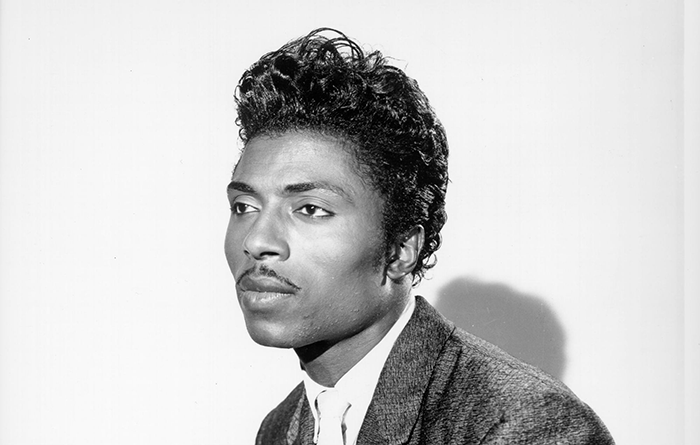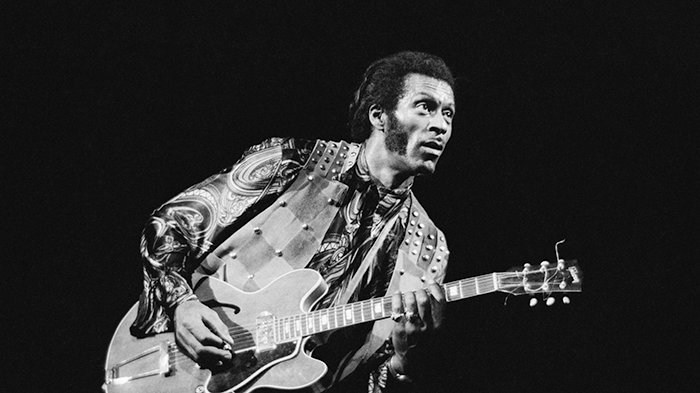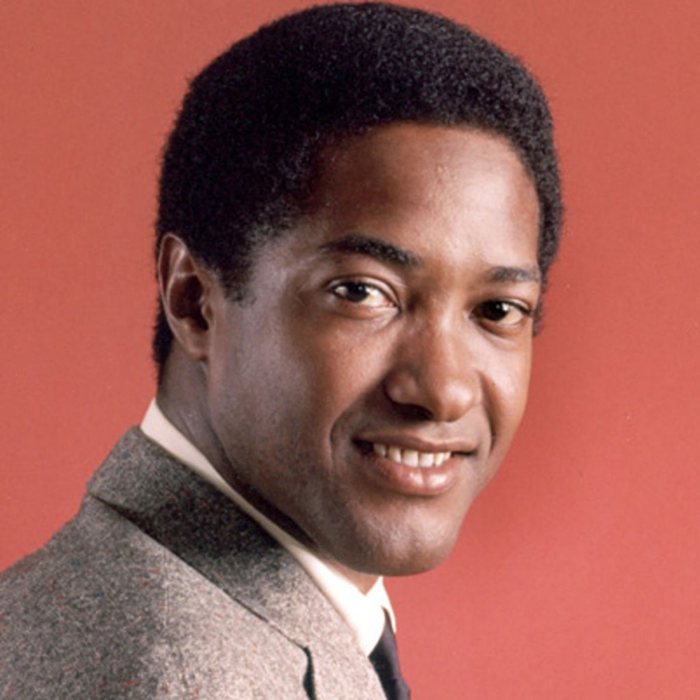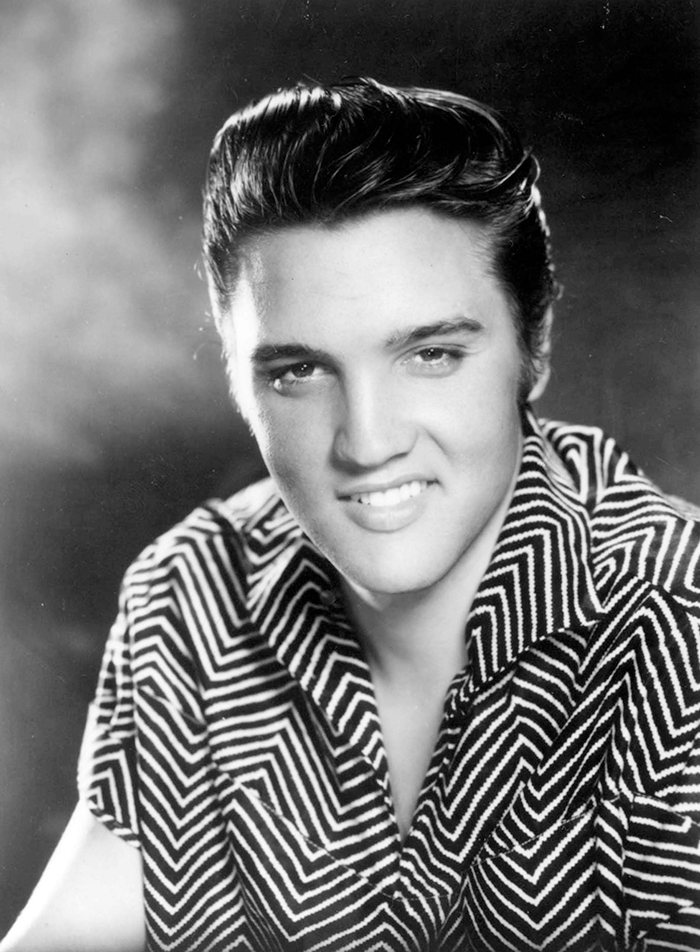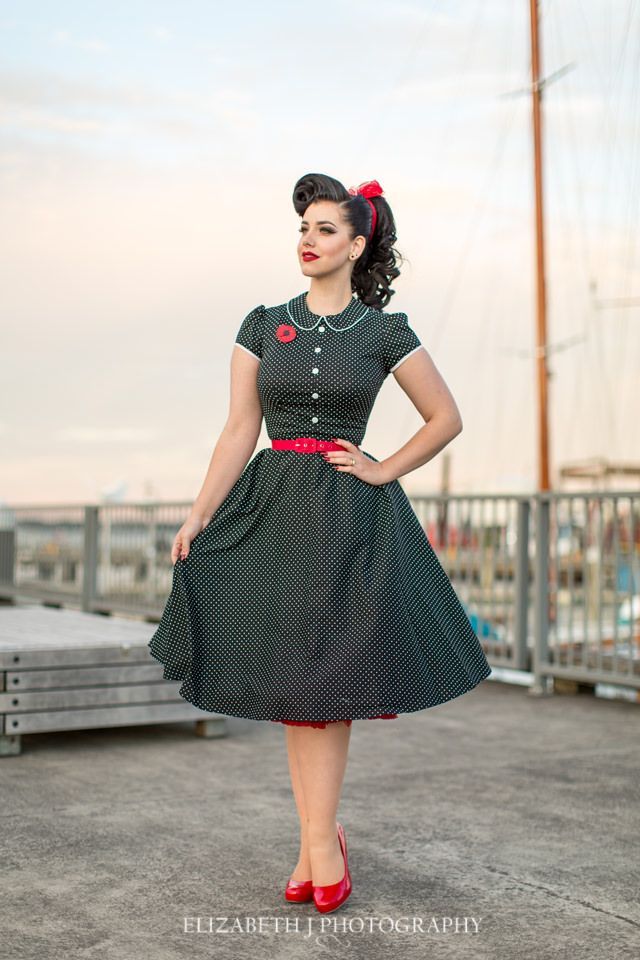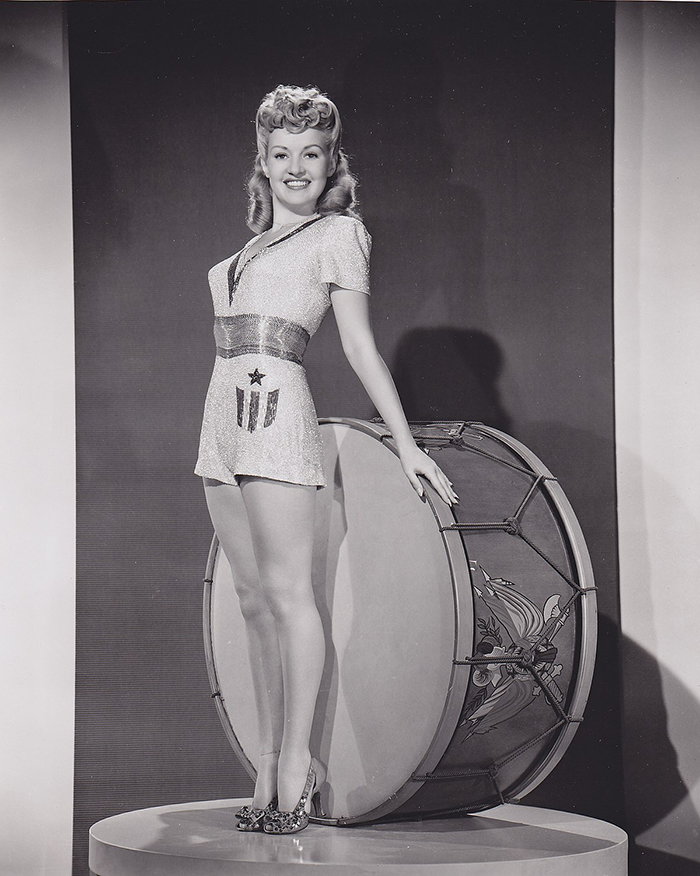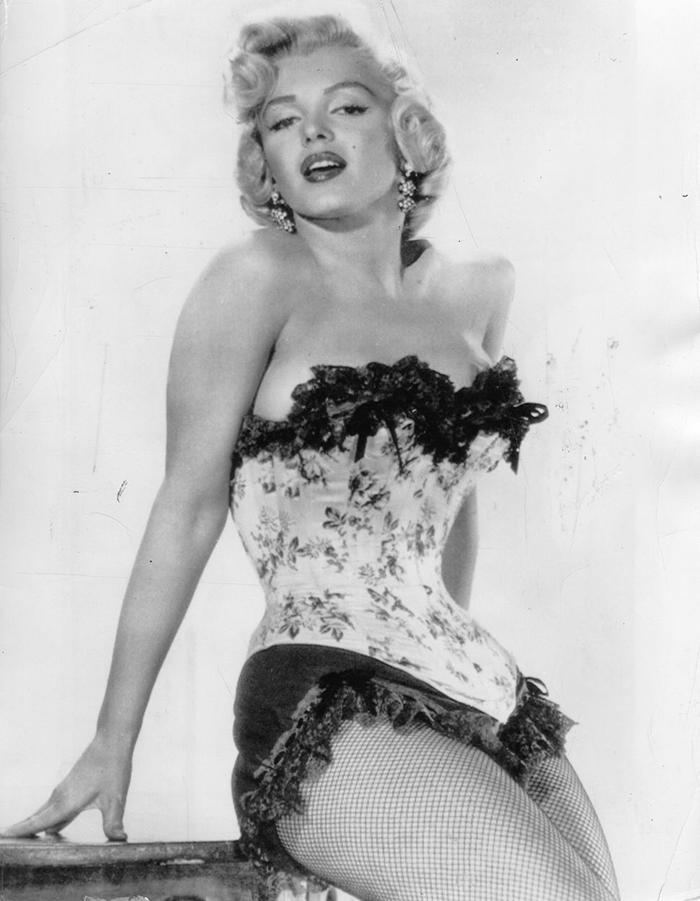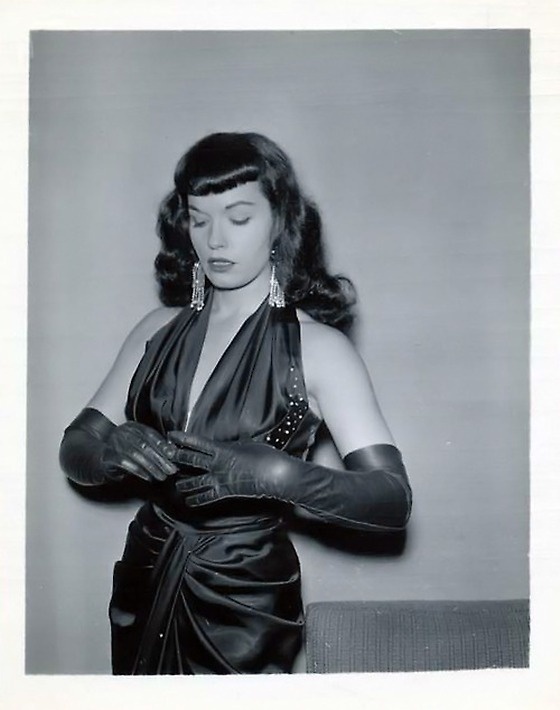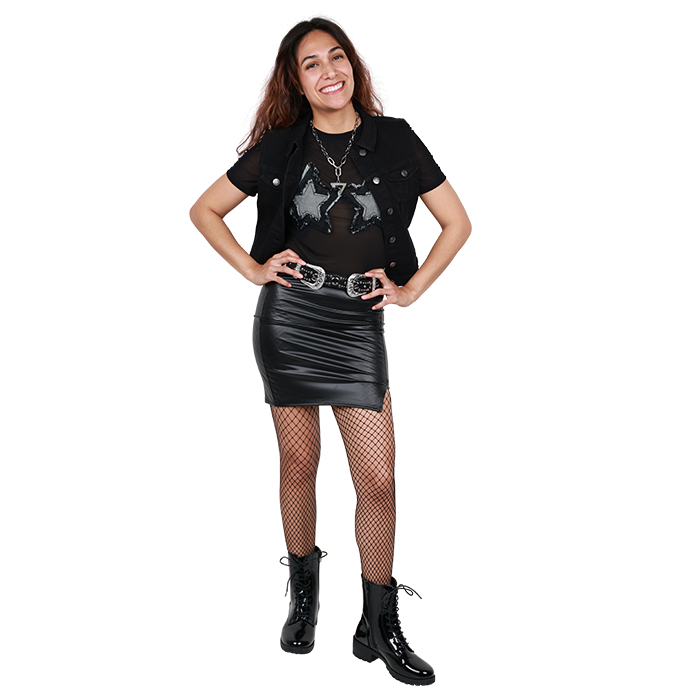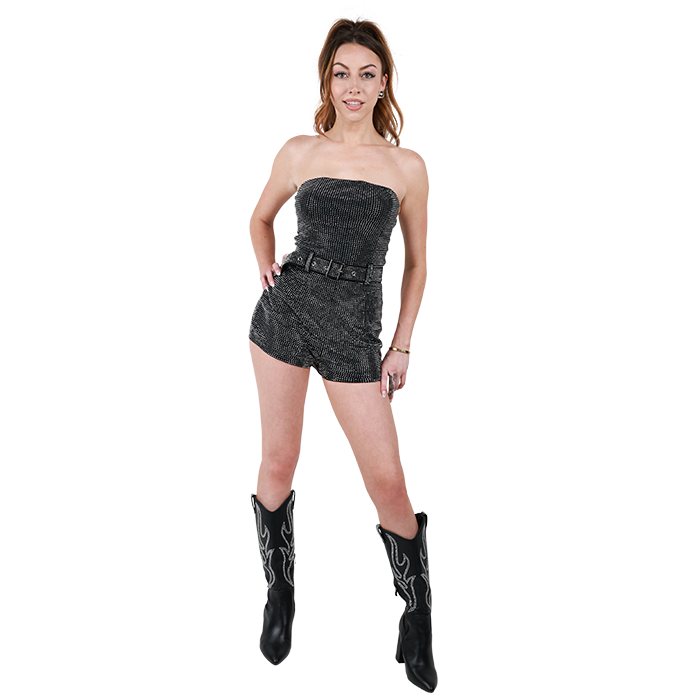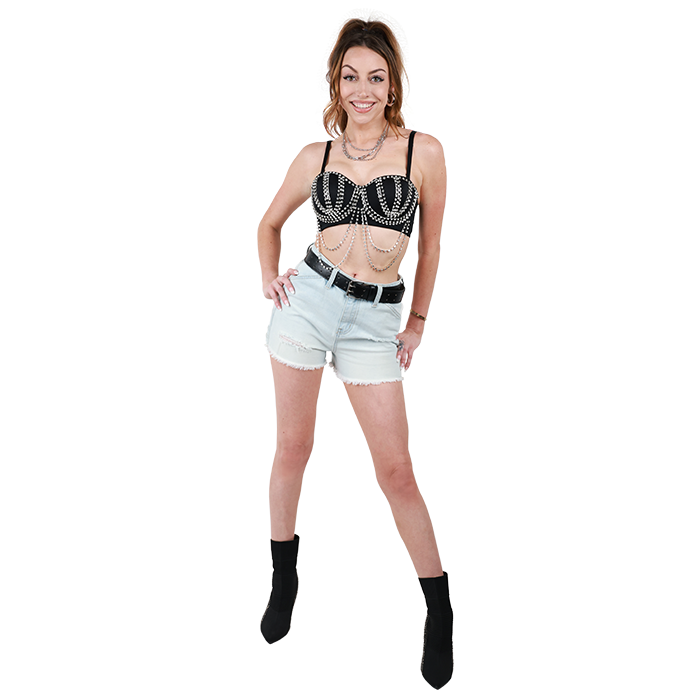Nowadays, fashion has become an integral part of creating a unique identity and personal brand. However, to understand the history of fashion as a cultural identity, we delve into the post-World War II era: the 1950s. During this period, America was engaged in the Cold War with the Soviet Union and actively fought against communism. The civil rights movement, which aimed to secure equal rights for African Americans, was also in its early stages. One of the most significant events during this era was the Brown v. Board of Education Supreme Court case 1954. This case declared that the segregation of black and white children in separate academic spaces was unconstitutional. One of the most influential generations was born: the baby boomers.
In pop culture, televisions became widely affordable to the average American household, leading to the emergence of the Golden Age of Television. Iconic shows like I Love Lucy and The Twilight Zone captured the imagination of audiences across the country and significantly impacted popular culture. Teen rebellion was established, with youth culture identifying more with pop culture than their social class. This was influenced by the emergence of rock and roll music and fashion, which would evolve over many decades in historical events and significant cultural shifts. Read on and indulge in the spirit of rock and roll and see what modern looks you can put together at your local Melrose store.
The Birth of Rebellion: A Brief Rock and Roll Origin Story
The origins of rock and roll stem from rhythm and blues, a popular genre created by African-American musicians like Louis Jordan (a.k.a. the 'Jukebox King') known for Is You Is Or Is You Aint (My Baby), which was brought to life by William Hanna and Joseph Barbera's 1940 classic cartoon Tom and Jerry, and Texas native Charles Brown. Artists that pioneered the marriage of rhythm and blues, swing, boogie-woogie, urban blues, country and western, and rockabilly were Fats Domino, Little Richard, Chuck Berry, Sam Cooke, and Elvis Presley. With this new genre came new ideas, such as marketing to adolescents and fueling their rebellion in various ways. Still, one that concerns us fashion experts is the youth's abandonment of the prim and proper and their embrace of comfort, casualness, and self-expression.
Rock and Roll's Influence on Fashion
Depending on their affiliations, women of the time wore a mix of rockabilly, pin-up, and greaser fashion. Rockabilly fashion blends elements of rock and roll with country music. This subculture had pin-up and swing pieces like swing dresses, fitted pencil skirts, blouses, heels, and saddle shoes. The pin-up style was all about feminine sex appeal, and it was made iconic by women like Betty Grable, Marilyn Monroe, and Bettie Page. Pieces in this fashion subculture include tight pencil skirts, hot pants, halter-neck dresses, bustier tops, and swimwear. One of the most iconic retro fashion subcultures is greaser fashion. When someone hears the word 'greaser,' they immediately think of men's fashion with their leather jackets, t-shirts, denim jeans, and slicked-back hair (swoon-worthy). Greaser women often blended rockabilly and pin-up pieces while putting their dose of edginess to their look.
The Evolution of Rock Fashion to the 2020s
Rock and roll music in the 1960s brought the "British Invasion" artists, including The Beatles, Rolling Stones, the Who, and Pink Floyd, who paved the way for the evolution of rock music. The Beatles were the most iconic band of the era, influencing fashion with their black suits, boots, and bowl haircuts. However, by the late 1960s, they changed their look to distressed American military uniforms to protest the US involvement in the Vietnam War. This time also saw the beginning of psychedelic rock music due to drug use and the push for peace and love in youth culture. The fashion of the 1960s embraced natural fibered pieces, bell-bottom jeans, oversized shirts, and flashy jewelry due to the political upheavals and social justice issues that came to the forefront of youth culture.
In the 1970s, the trend of social issues continued with the addition of gay liberation. Fashion evolved hippie pieces by adding ponchos and maxi dresses similar to those Stevie Nicks wore. Punk and glam rock fashion emerged, with punk coming from London and New York, incorporating leather jackets, distressed fabric, band t-shirts, Dr. Martens, and studs. Fashion designers Vivienne Westwood and Malcolm McLaren shaped punk fashion. Glam rock took a complete turn with metallic fabric, ruffles, satin blouses, and platform shoes, famously worn by David Bowie.
The fashion of punk and glam rock continued into the 1980s, but it became much more aggressive with bold prints, colors, puffed shoulders, power suits, spandex, velour, leg warmers, and parachute pants. Artists like Mötley Crüe, Twisted Sister, Whitesnake, Ozzy Osborne, and Guns n' Roses became the era's icons. Punk brought a rise of anarchy and nihilism, rejecting the mainstream.
In the 1990s, grunge fashion took over, with Nirvana being the leading icon. In the United States, violent events like the Oklahoma City Bombing, the Los Angeles Riots, the Waco Siege, and Ruby Ridge happened, and systematic racism and the rise of nationalist movements had long-lasting ripple effects. The grunge culture was anti-conformist, and they wore plaid flannel shirts, ripped jeans, graphic tees, and combat boots, among other pieces.
From the 90s on, rock and roll fashion has remained the same. However, fashion has become fluid in its expression, incorporating a variety of subcultures from decades past and elements outside of rock, like goth and Western pieces. The slideshow above showcases some looks reflecting modern rock and roll-inspired fashion that incorporate various glam and punk elements as a mix of 60s - 90s fashion pieces are all trending at once in today's fashion world. Click on one of the photos to see more details on which pieces we use that you can find in-store.


